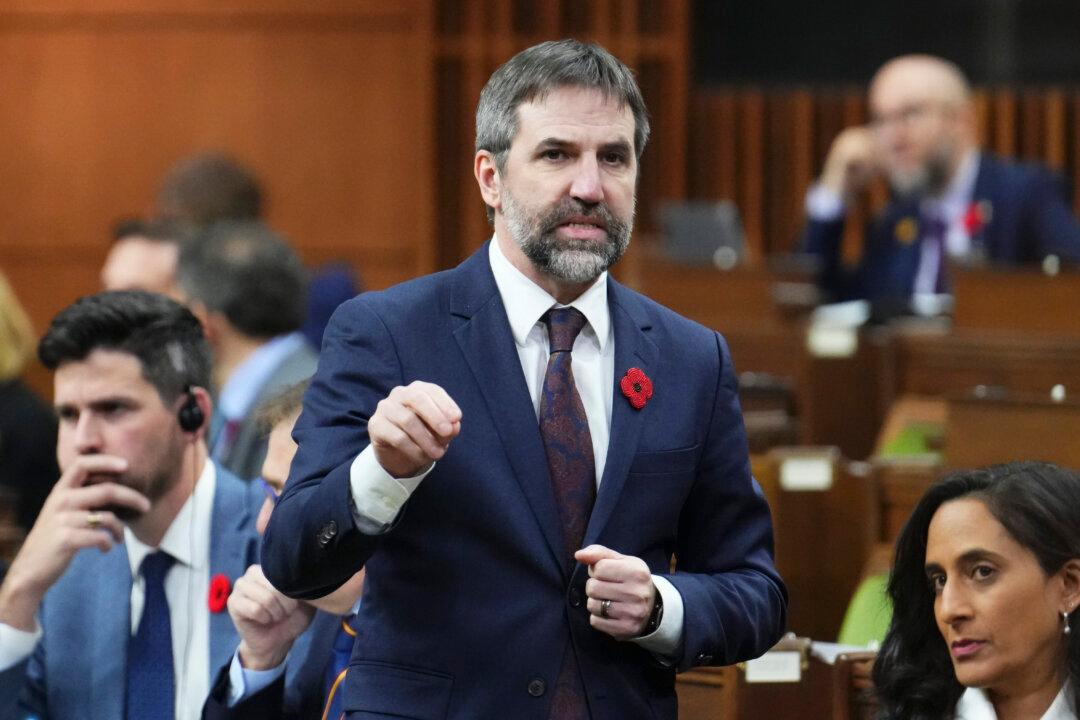Canadian courts have recently identified federal overreach in two pieces of environmental legislation, raising questions about where federal jurisdiction ends and how politicians may try to expand its boundaries.
On Nov. 16, a Federal Court judge ruled that the government’s classification of all plastic products as toxic—which would bring them under the jurisdiction of the Canadian Environmental Protection Act—was “unreasonable and unconstitutional.”





